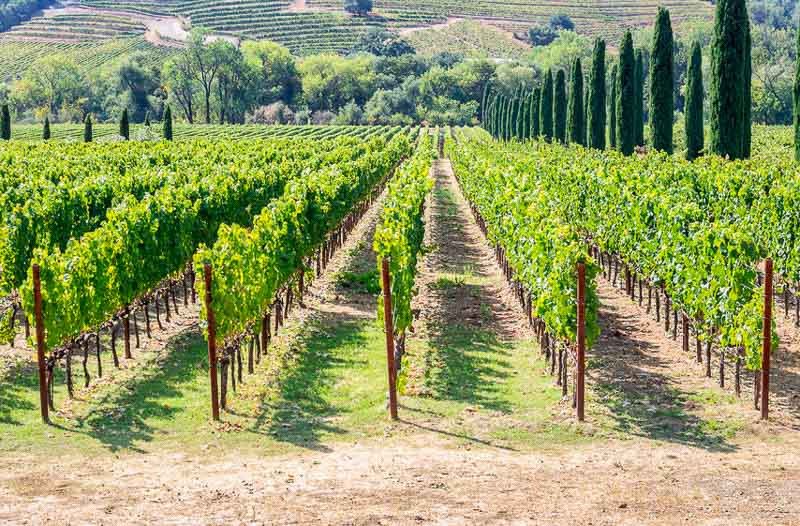California Native Plants
California’s rich and diverse native flora offers many opportunities for gardeners. With over 6,000 native species, California boasts an array of plants suited to various climates, from its coastal areas to mountain ranges and deserts. Here are some popular native Californian plants:
- California Poppy (Eschscholzia californica): This state flower thrives in full sun and well-drained soil, brightening gardens with its vibrant orange blooms.
- Coast Live Oak (Quercus agrifolia): Adaptable to various soils, this evergreen tree is drought-tolerant once established and provides food and shelter for wildlife.
- California Lilac (Ceanothus): These shrubs offer stunning blue-purple flowers in spring, attracting pollinators. They require little water and thrive in well-drained soil.
- Manzanita (Arctostaphylos): With distinctive red-brown bark and lovely flowers, manzanitas are drought-tolerant and prefer well-drained, sandy soil.
- Matilija Poppy (Romneya coulteri): Known as the ‘Queen of California Flowers,’ this plant displays large, striking white blooms. It’s drought-tolerant and thrives in full sun.

